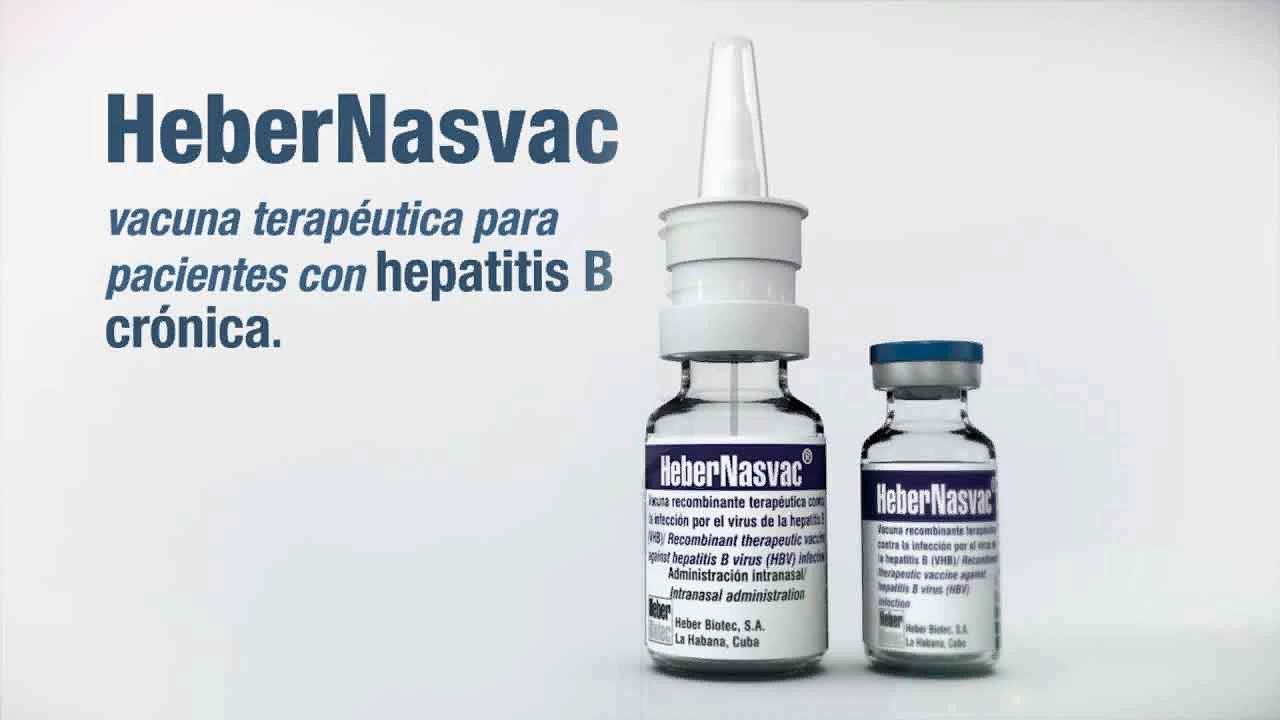
Article on Cuba's vaccine against hepatitis B has great impact
Havana, Jun 24 (RHC) The scientific magazine Vaccines highlighted that an article on Cuba's therapeutic vaccine, known as Nasvac, against hepatitis B today has a great impact internationally.
One of the highly viewed and downloaded texts, as recognized by said publication, is about said drug, designed by scientists from the Center for Genetic Engineering and Biotechnology (CIGB) for the treatment of patients with chronic hepatitis B.
The drug is novel, as it is the only vaccine against a chronic infectious disease and the only therapeutic preparation that is administered nasally.
In clinical studies, Nasvac lowered the amount of virus in the blood to less than 10,000 particles per milliliter in about 80 percent of subjects.
Patients are still infected with the virus, but by having a low level of viral multiplication, the risk of suffering from fibrosis and evolving into cirrhosis or liver cancer significantly decreases.
Nasvac, in addition to being administered by the nasal route, is also combined by the subcutaneous route.
The CIGB reminds that chronic hepatitis B evolves over the long term. Most infected people do not even know they are infected or discover it when it is a little late.
The disease prevents the immune system from defending itself, hence the vaccine uses the nasal route to break that tolerance and induce an immune response.
In the largest of the Antilles, the incidence of hepatitis B decreased, so it ceased to be a health problem. According to the Ministry of Public Health, 21 cases of chronic hepatitis B were diagnosed in 2021, compared to 73 the previous year.
The CIGB influenced the achievement of these results by developing the Heberbiovac HB preventive vaccine in 1991, which made it possible for the year 2000 to have no reports of the disease in children between zero and five, and by 2005 it had been eliminated in children and adolescents up to 15 years. (Source: PL)

